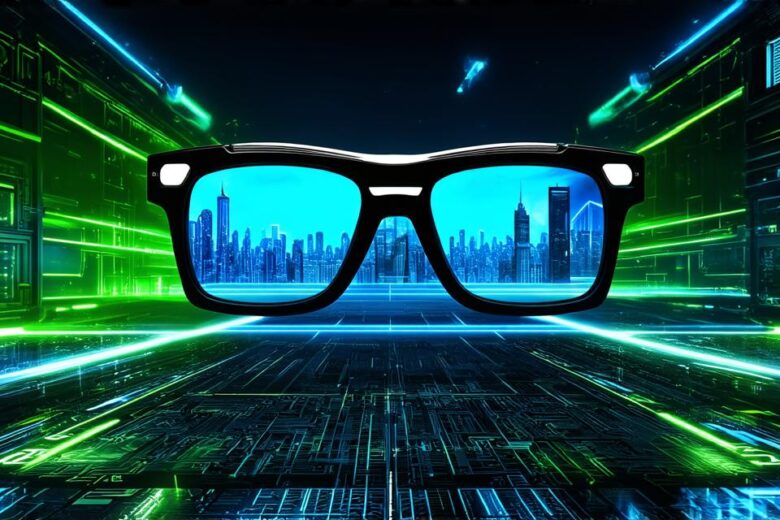Augmented reality (AR) is an exciting technology that allows you to superimpose digital objects onto the real world. It’s becoming increasingly popular in a wide range of industries, from gaming and entertainment to education and healthcare.
What is augmented reality?
Before we dive into creating an AR experience, let’s first understand what it is and how it works. Augmented reality is a technology that overlays digital information onto the real world, allowing users to see and interact with virtual objects in their physical environment. This is achieved using cameras, sensors, and computer algorithms to track the user’s location and movements in real-time.
Tools you’ll need to create an AR experience
To create an AR experience, you’ll need several tools:
- 3D modeling software: You’ll need a 3D modeling software like Blender or Maya to design and create the virtual objects that will be overlaid onto the real world.
- Augmented reality development platform: There are several AR development platforms available, such as Unity and ARKit. These platforms provide tools and libraries for creating and deploying AR experiences.
- Camera: You’ll need a camera to capture the real-world environment and overlay the virtual objects onto it.
- Sensors: You’ll need sensors like GPS and accelerometers to track the user’s location and movements in real-time.
- Computer: You’ll need a computer to run the AR experience and process the data from the camera and sensors.
Creating the virtual objects
The first step in creating an AR experience is to design and create the virtual objects that will be overlaid onto the real world. This involves using 3D modeling software like Blender or Maya to create 3D models of the objects you want to include in your AR experience. These models should be designed with the real-world environment in mind, so they blend seamlessly with the real world.
Designing the user interface
Once you have your virtual objects, you need to design the user interface for your AR experience. This involves deciding how users will interact with the virtual objects and how they will navigate through the AR environment. You’ll also need to consider factors like lighting, sound, and other sensory cues that can enhance the user experience.
Developing the AR experience
Once you have your virtual objects and user interface designed, it’s time to start developing the AR experience. This involves using an augmented reality development platform like Unity or ARKit to create the AR environment and overlay the virtual objects onto the real world. You’ll also need to write code to handle user interactions and track their movements in real-time.
Deploying the AR experience
Once your AR experience is complete, you can deploy it on a variety of platforms like smartphones, tablets, and headsets. This will depend on the target audience for your AR experience and the capabilities of the devices they are using. You’ll also need to consider factors like security, privacy, and other legal considerations when deploying your AR experience.
Summary
Creating an augmented reality experience can be a complex process that requires a range of skills and tools. However, with the right approach and a bit of creativity, you can create an engaging and immersive AR experience that will capture the imagination of users. Whether you’re looking to create a game, an educational tool, or a marketing campaign, AR has the potential to revolutionize the way we interact with the real world.

